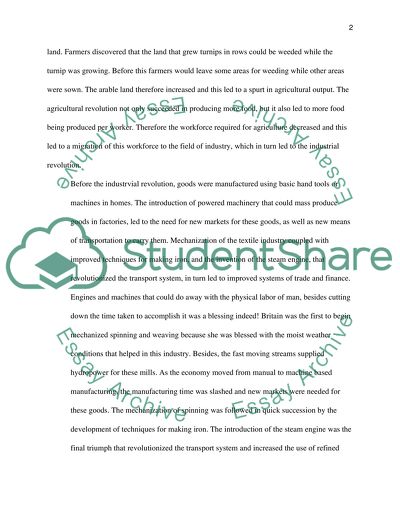Cite this document
(“World civilizations in eighteenth century Term Paper”, n.d.)
World civilizations in eighteenth century Term Paper. Retrieved from https://studentshare.org/history/1468497-world-civilizations-in-eighteenth-century
World civilizations in eighteenth century Term Paper. Retrieved from https://studentshare.org/history/1468497-world-civilizations-in-eighteenth-century
(World Civilizations in Eighteenth Century Term Paper)
World Civilizations in Eighteenth Century Term Paper. https://studentshare.org/history/1468497-world-civilizations-in-eighteenth-century.
World Civilizations in Eighteenth Century Term Paper. https://studentshare.org/history/1468497-world-civilizations-in-eighteenth-century.
“World Civilizations in Eighteenth Century Term Paper”, n.d. https://studentshare.org/history/1468497-world-civilizations-in-eighteenth-century.


